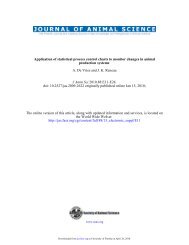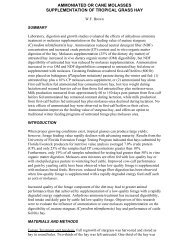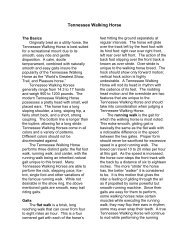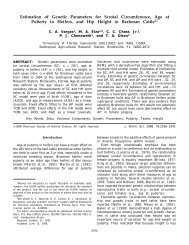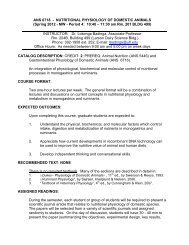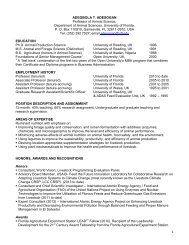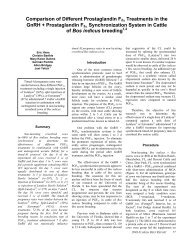Bit Rule explanations
Bit Rule explanations
Bit Rule explanations
You also want an ePaper? Increase the reach of your titles
YUMPU automatically turns print PDFs into web optimized ePapers that Google loves.
Dressage<br />
Even though Dressage is in the Hunter Division, it has different<br />
rules for bits allowed. Some bits that are allowed in other Hunter<br />
classes are not acceptable in the Dressage classes.<br />
All bits must be smooth and with a solid surface. Twisted, wire and roller bits are prohibited. A bushing or<br />
coupling is permitted as the center link in a double jointed snaffle; however, the surface of the center piece<br />
must be solid with no moveable parts. The mouthpiece of a snaffle may be shaped in a slight curve, but ported<br />
snaffles are prohibited.<br />
<strong>Bit</strong>s must be made of metal or rigid plastic and may be made with a rubber, plastic or leather covering; flexible<br />
rubber bits are not permitted. <strong>Bit</strong>s may not be modified by adding latex or other material. <strong>Bit</strong>s with<br />
mouthpieces made of synthetic material are permitted, provided that the contours of the bit conform to the<br />
contours of one of the bits pictured. The diameter of the snaffle mouthpiece must be minimum 3/8 inch<br />
diameter at rings or cheeks of the mouthpiece.<br />
Numbers 1, 2, 6, 8, 10, 11, and 12 describe mouthpieces that can be with any acceptable ring/cheek.<br />
Numbers 3, 4, 5, 7, and 9 describe rings/cheeks that can be with any acceptable mouthpiece.<br />
Acceptable mouthpiece + acceptable ring/cheek = Legal <strong>Bit</strong> for Dressage<br />
1. Ordinary snaffle with single-jointed mouthpiece.<br />
3. Racing snaffle (D-ring).<br />
2. Ordinary snaffle with double-jointed mouthpiece.<br />
6. Unjointed snaffle (Mullen-mouth).<br />
4. Snaffle: with cheeks, with or without keepers.<br />
-without cheeks (Egg-butt).<br />
8. Dr. Bristol.<br />
10. French snaffle.<br />
11. Snaffle with rotating mouthpiece.<br />
12. Rotary bit.<br />
Dr. Bristol: connecting<br />
bar is more rectangular<br />
and rests at an angle to<br />
the tongue.<br />
French link: connecting<br />
bar is a rounded-corner<br />
dog bone shape and<br />
rests flat on the tongue.<br />
Both #11 and #12 rotate<br />
forward and back from<br />
the center joint.<br />
5. Snaffle with upper or lower cheeks.<br />
7. Snaffle with cheeks. (Hanging or drop cheek;<br />
Baucher). This may be a D-ring or other<br />
ordinary snaffle as<br />
pictured in Nos. 1-6<br />
9. Fulmer.<br />
Ported snaffles<br />
prohibited<br />
No rollers/moveable<br />
parts in center link<br />
No flexible rubber bits<br />
2013 Hunter Page 4 of 4




